Table of Contents
- Watch this video on portfolio assessment in education
- What is portfolio assessment in education?
- Advantages of portfolio assessment in education
- Authentic assessment based on real-world tasks
- Practice writing through portfolio assessment
- More motivation for learning through portfolio assessment
- Portfolio assessment = more learner autonomy
- Public portfolio assessment = social presence
- How to implement portfolio assessment?
- Give students more autonomy and freedom
- Focus on process rather than product
- Gamification in education
- Disadvantages of portfolio assessment in education
In this article, we’re going to cast light on portfolio assessment in education, especially in the field of second language acquisition. As its name indicates, portfolio assessment is a particular type of assessment that promotes learner autonomy and awareness by bringing the archived collection of the assigned materials and completed tasks to the foreground of attention.
Watch this video on portfolio assessment in education
What is portfolio assessment in education?
A portfolio is a collection of documents, files, and materials to prove or disprove student development and growth in education over time. Being a type of alternative assessment, there’s been an upward trend in using portfolio assessment in education, namely experimental science, mathematics, social studies, and second language learning.

Using portfolios in education is on the ground of formative assessment or continuous assessment, which is the opposite of summative assessment based on final examinations. It means that instead of estimating a student’s true knowledge in final exams at the end of the term, his/her competency is gradually but more accurately assessed during the term.
Advantages of portfolio assessment in education
In this section of the article, I’m going to enumerate some of the most important advantages of applying portfolio assessment in education with a particular emphasis on second language learning or teaching.
Authentic assessment based on real-world tasks
Portfolio assessment in education is based on authentic assessment or the practice of student evaluation via the completion of real-world tasks in which students are required to apply their acquired skills and knowledge to the learning process. Authentic or alternative assessment, as opposed to traditional assessment, can increase more motivation in students because content-based instruction or CBI is centrally practiced.

Therefore, the employment of portfolio assessment in education can encourage students to develop a growth mindset because students realize that their abilities to learn are plastic and not fixed. For this reason, if they fall behind the schedule or curriculum, they still have this chance to compensate for their weaknesses or imperfections. They also develop this metacognition or reflectiveness to identify their weaknesses and imperfections, which is prior to any compensation.
Practice writing through portfolio assessment
One of the best applications of portfolio assessment in education is practicing writing, especially in the realm of second language acquisition. All the language products can perfectly be archived and assessed during the lengthy developmental stage that language learners go through. At LELB Society as a bilingual academy of English and Persian, our students practice essay writing in both English and Farsi through asynchronous learning.

The category of IELTS essay writing practice in our online community includes approximately 230 essays submitted to us by our students. Checking this category or portfolio of essays, you can realize that we’ve thoroughly evaluated our students’ performance. LLELB Society students are expected to review their previous essays in their portfolios before composing new essays. This approach has helped them tremendously learn from their own and other students’ mistakes to improve their writing skills.
More motivation for learning through portfolio assessment
Portfolio assessment in education is based on cumulative effect because the more students compile high-quality completed tasks in their portfolios, the more motivated they become. As a matter of fact, portfolios provide progressive snapshots of student’s knowledge, performance, and development during the term.
When students notice that they’re getting better and better exponentially, they become more motivated to develop their best both to their own learning and the social context in which learning takes place. This sense of belongingness is absolutely crucial for the realization of social presence in online learning.
It is interesting to note that even the team of authors, teachers, and content developers at LELB Society is creating portfolios of their completed works, teachings, articles, etc. because our online community is actually a wiki of thousands of premium lessons and videos based on asynchronous learning. Therefore, each team member becomes more motivated to improve their own portfolio or resume. For example, check Dr. Mohammad Hossein Hariri Asl’s portfolio or resume at LELB Society, which consists of over 4,100 posts and pages in both English and Farsi.
Portfolio assessment = more learner autonomy
Portfolio assessment requires students to take active and responsive roles in education. Students are encouraged to evaluate their own performance frequently. This happens because students are provided with the autonomy to chase the curriculum objectives in an active fashion. As a result, students will become less teacher-dependent and more reflective and self-evaluative.
Constructivism in education is one of the ingredients of LELB Society methodology according to which students acquire knowledge by experiencing and constructing it in an active manner, rather than receiving knowledge passively from the teacher. LELB Society’s English and Persian students are inspired to experience constructivism in learning because of the following:
- Our online academy is a wiki of thousands of premium lessons and videos, i.e. coursecasting. Consequently, our students’ academic needs are fairly satisfied.
- LELB Society has the most comprehensive visual dictionary and thesaurus of advanced and academic vocabulary with pictures used in real context. As a result, our autonomous students can perfectly expand their academic vocabulary taught in our lessons on-demand.
- Through negotiated curriculum in our English and Persian forum asynchronously, students do participate in deciding on lesson planning, task completion, and self-evaluation.
- By installing our recommended Google Chrome extensions for students, you can maximize your educational experience and learner autonomy at LELB Society.
- Our students can study the lessons and watch the corresponding video tutorials on their own. Then they can interact with our teachers asynchronously in our comment boxes and forums to ask us their questions for immediate and detailed feedback or assistance.
Public portfolio assessment = social presence
If portfolio assessment in education is implemented publicly, it could promote more social presence in your online community. This is because public portfolio assessment in education can increase more positive competition among students as they might compare and contrast their performance and progress with the other students.

At LELB Society, with our students’ consent, we carry out portfolio assessment publicly, which is accessible in our student portfolio assessment forum. What’s more, students are welcome to give feedback to each other in their own portfolios. This has been made possible by using bbPress WordPress plugin in our WordPress membership website.
When students experience asynchronous learning in an interactive manner through public portfolio assessment, they get closer to the optimum realization of social presence in online learning. In fact, student portfolios that are public to the other students can augment social autonomy or interdependency compared to individual autonomy or independency.
Accordingly, peer-assessment is also operationalized alongside self-assessment and teacher-assessment because through public portfolio assessment, students voluntarily evaluate their peers’ (classmates) performance that is archived in their portfolios.
How to implement portfolio assessment?
At LELB Society, we’ve been using one of our forums to employ student portfolio assessment in a practical manner. In this forum, through negotiated curriculum, we give our students their assignments that should be completed on a weekly basis. The practice of negotiated curriculum in our forums encourages students to take active and responsive roles in different aspects of curriculum, such as lesson planning, task completion, and assessment.
LELB Society is on WordPress. So, Dr. Mohammad Hossein Hariri Asl, the founder and developer of this online community, has installed bbPress as one of the best WordPress plugins for forum functionality. In our student portfolio assessment forum, there has been a great deal of interaction between our teachers and students asynchronously. For instance, our Persian forum is one of the most active online communities for Persian learners to exchange questions and answers on how to learn Farsi free.

Using bbPress on WordPress, we’ve been able to create, manage, and organize practical portfolios for our students who have given us this consent. This is because other students and visitors can also review the stream of asynchronous activities in our forum-based portfolios. Since students should log in to their accounts to participate in our forums, create new topics, and reply to the existing topics, all their activities are recorded and archived in our growing database and on their own profile pages.
Give students more autonomy and freedom
Through negotiated curriculum in portfolio assessment, students are given this autonomy and freedom to assume some responsibilities in their own learning. For instance, at LELB Society, our English and Persian students are encouraged to select the topics of their own presentations or essays. For more information, you can check the growing categories of English presentations and IELTS essay writing practice in our bilingual academy.
Focus on process rather than product
Some students might not be familiar with the process-orientedness of portfolio assessment in education. Therefore, as a teacher or educator, you need to instill the significance of process-orientedness into your students from time to time. If taken seriously, the use of portfolio assessment can make students independent of cramming for final examinations, which are totally product-oriented based on summative assessment.
Gamification in education
To increase student motivation in portfolio assessment, CALL practitioners and online teachers are advised to utilize gamification in education, which means applying game design elements to online learning environments. Gamification can augment student interaction and engagement to a very high degree. For example, at LELB Society, the number of comments, posts, pages, topics in forums, replies, etc. that any student publishes is calculated and displayed in their profile.
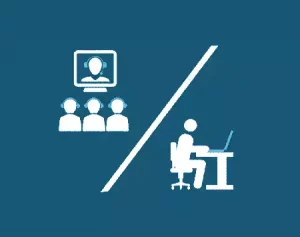
These statistics are saved in our database and show the quantity of tasks each student has successfully completed. Each student is rewarded for completing a particular number of successful tasks, which tremendously increases their motivation to gain additional rewards through gamification. If you’re using WordPress, as we are, to practice portfolio assessment in education, you can check 8 WordPress plugins for gamification to extend the functionality of your online community.
Disadvantages of portfolio assessment in education
Like any other approach or technique, portfolio assessment is not absolutely suitable for all education systems or students. First and foremost, portfolio assessment in education is a highly time-consuming activity especially for teachers. On the other hand, some students, depending on their cultural background, are not willing to create and update portfolios because they think that this responsibility must be assumed by teachers.
On the other hand, some students might not have enough motivation to compile and organize their portfolios outside of class. This lack of motivation is generally perceived when students fall into the category of either young learners or beginners.
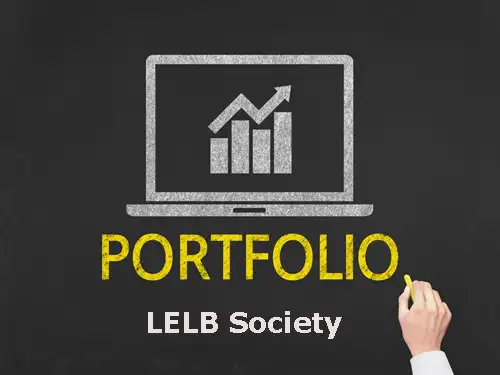
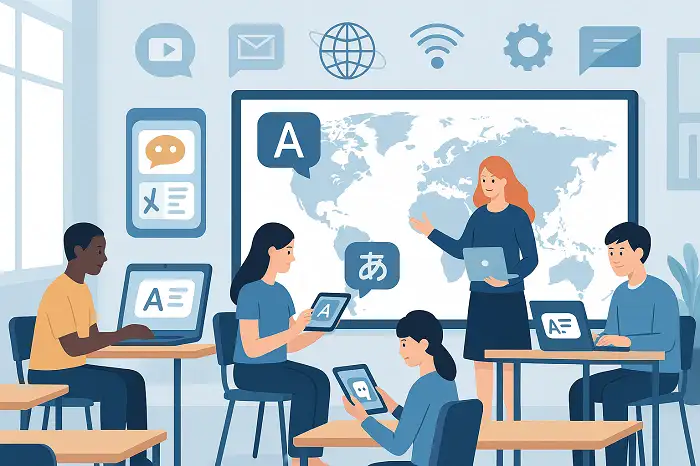
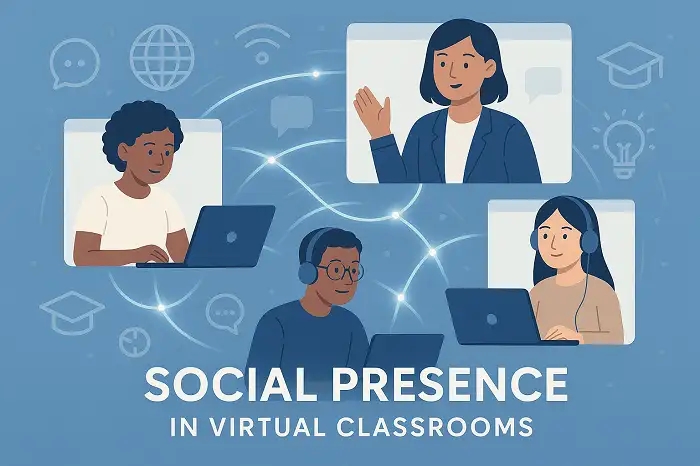
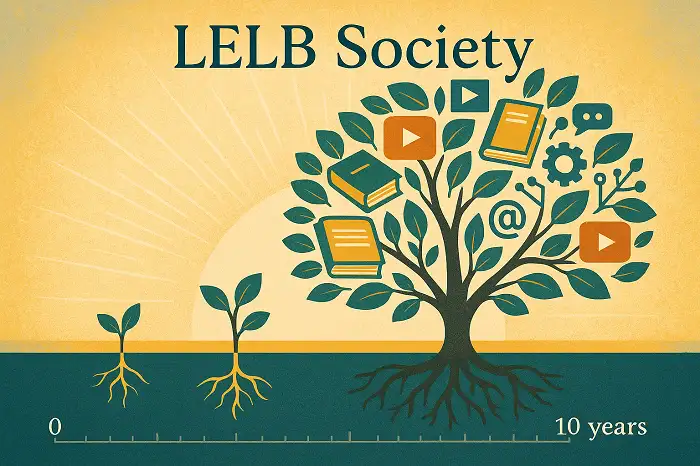
Thank you for this useful article on the use of portfolio assessment in education. That was complete and easy to understand.
You’re most welcome. Glad you found it useful. If interested, you can practice guest posting at LELB Society with all the information on this page:
https://lelb.net/website-development-design-service/guest-posting/
I learned so much about portfolio assessment in education. Thank you so much for this useful article.
I’m so glad to know about this. Thank you for your precious feedback. Just please let me know if you like to experience portfolio assessment at LELB Society.